Original Vintage Film Posters
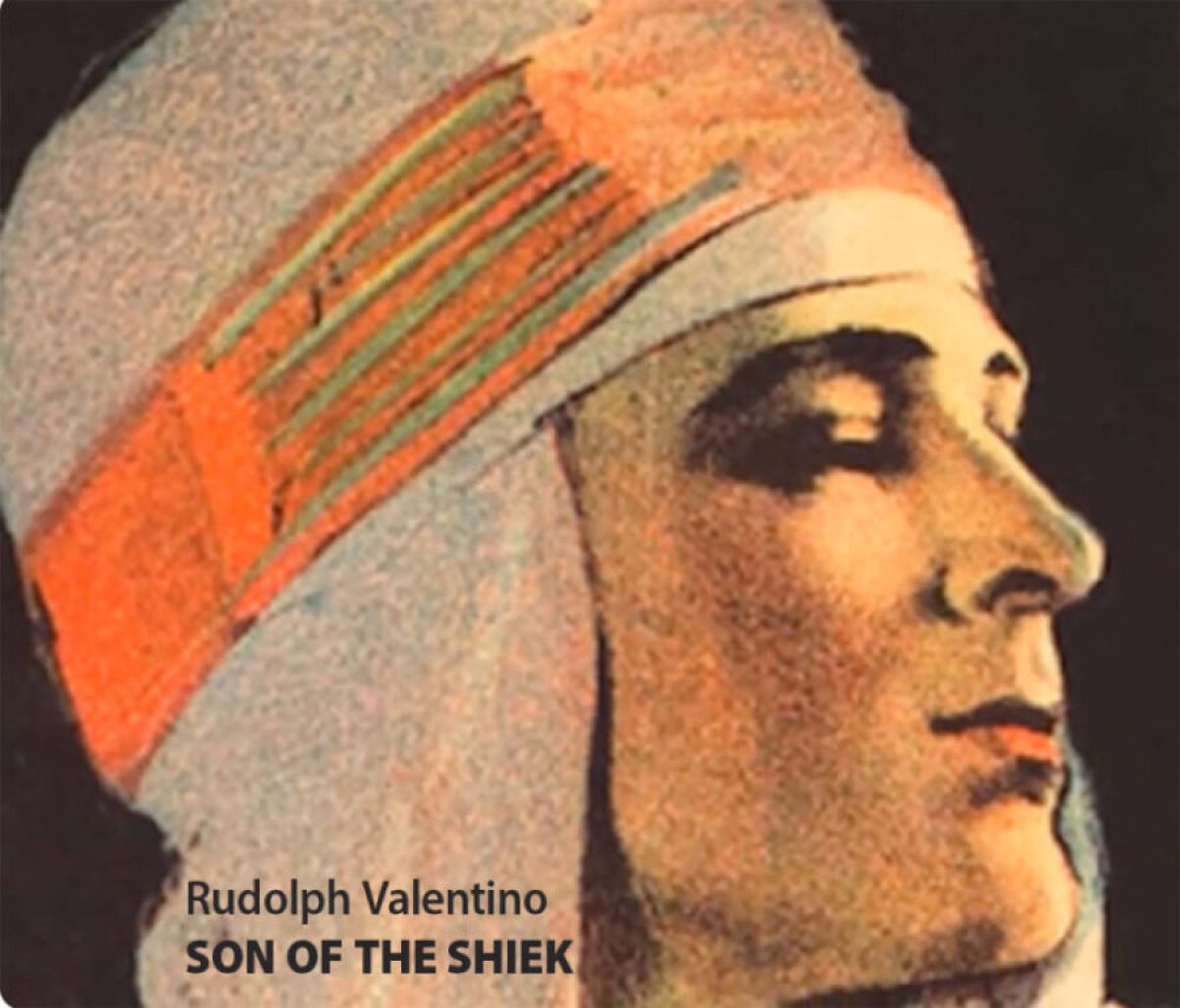
The Essence of WalterFilm.com
| Film & Movie Star Photographs, Film Noir, Film Scripts, Hollywood History, Movie Memorabilia, Movie Posters, Vintage Original Movie Scripts & Books, Vintage Original Publicity Photographs, Vintage Original Studio Photographs
WalterFilm.com was never meant to be a large website, it was intended to be an exclusive boutique featuring some of the greatest objects Walter Reuben could find. A website that would appeal to him as a collector of “movie memorabilia” – reflecting his own personal tastes and interests.
H…
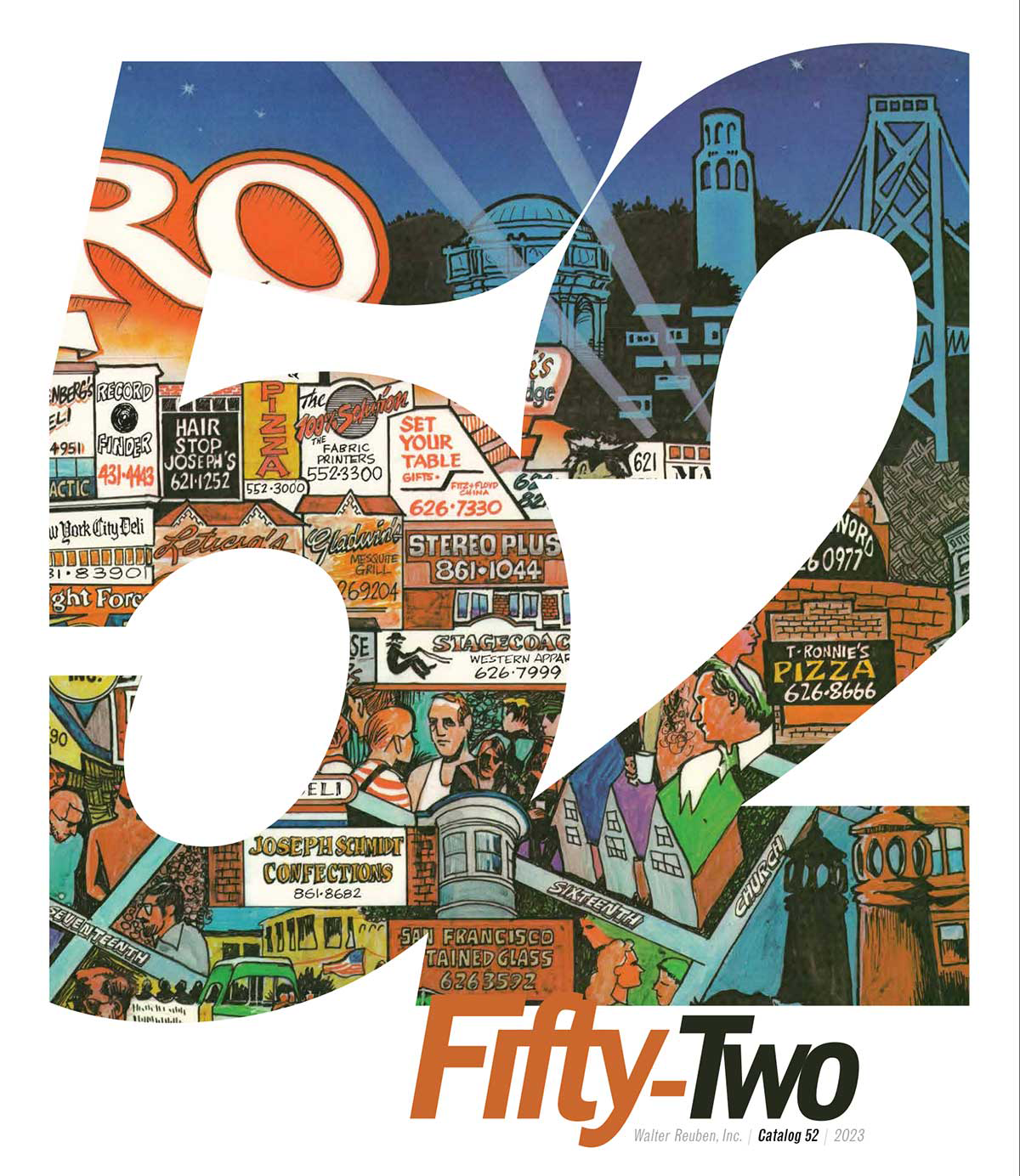
Walter Film Catalog 52/2023
Catalog 52 presented a collection of material represented by these six categories: FEATURED SELECTIONS, AFRICAN AMERICANA, LGBTQ, FILM NOIR, DIRECTORS and PHOTOGRAPHY. Here are five samples:
Jim Sharman and Richard O’Brien’s July 18, 1974 film script for the THE ROCK HORROR PICTURE SHOW…
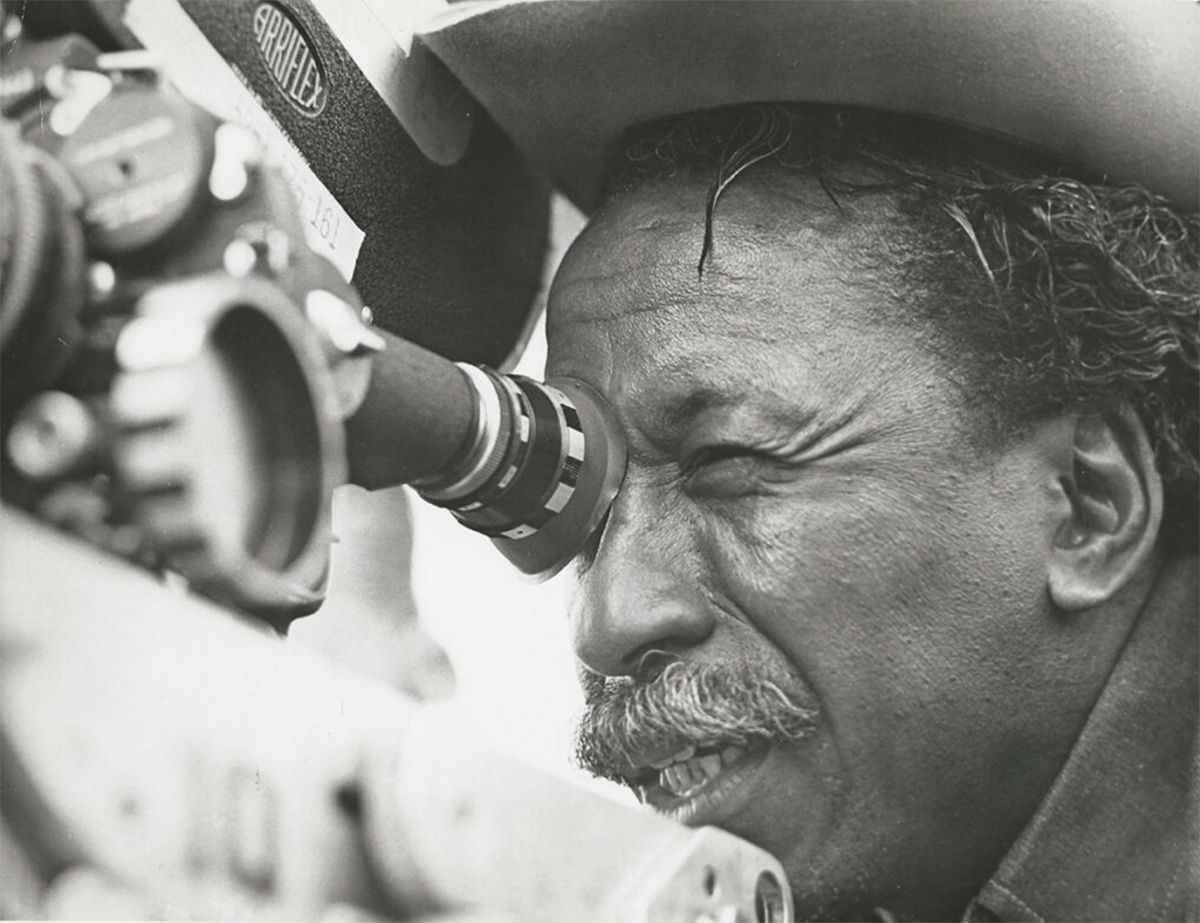
GORDON PARKS – WRITER / DIRECTOR
| African American Movie Memorabilia, African Americana, Black History, Hollywood History, Movie Memorabilia, Vintage Original Studio Photographs
Gordon Parks was a Black American who successfully wore many hats as photographer, composer, author, poet, writer and film director. He became prominent in the U.S. in 1940s through 1970s for documentary photojournalism —particularly with issues of civil rights, poverty and th…
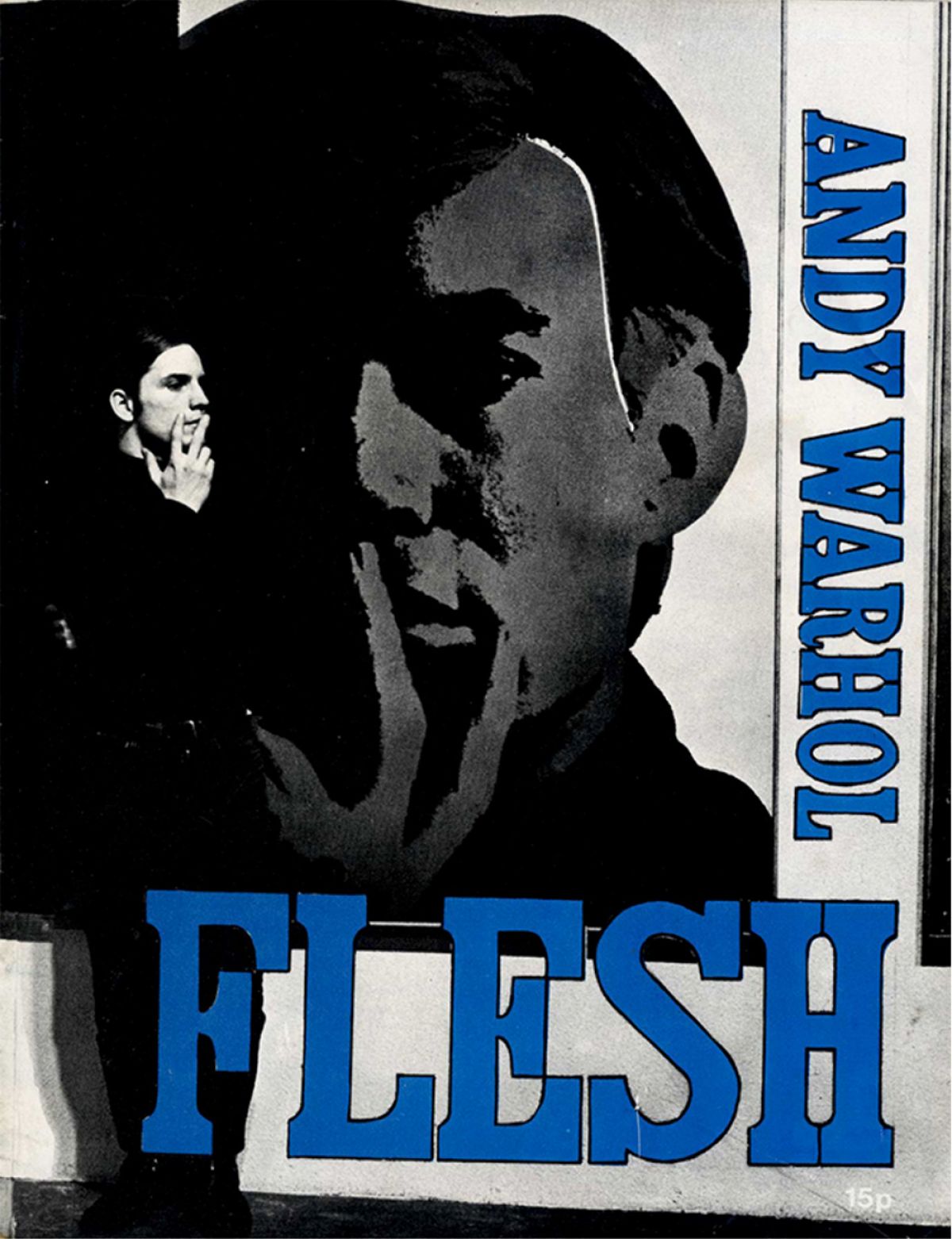
ANDY WARHOL AND FILM
| Film & Movie Star Photographs, LGBTQ Cultural History, LGBTQ Theater History, Movie Posters, Vintage Original Publicity Photographs
Andy Warhol born Andrew Warhola Jr.; August 6, 1928 – February 22, 1987) was a seminal American visual artist, film director and producer, and a leading figure in the visual art movement known as pop art. His works explore the relationship between artistic expression, adve…
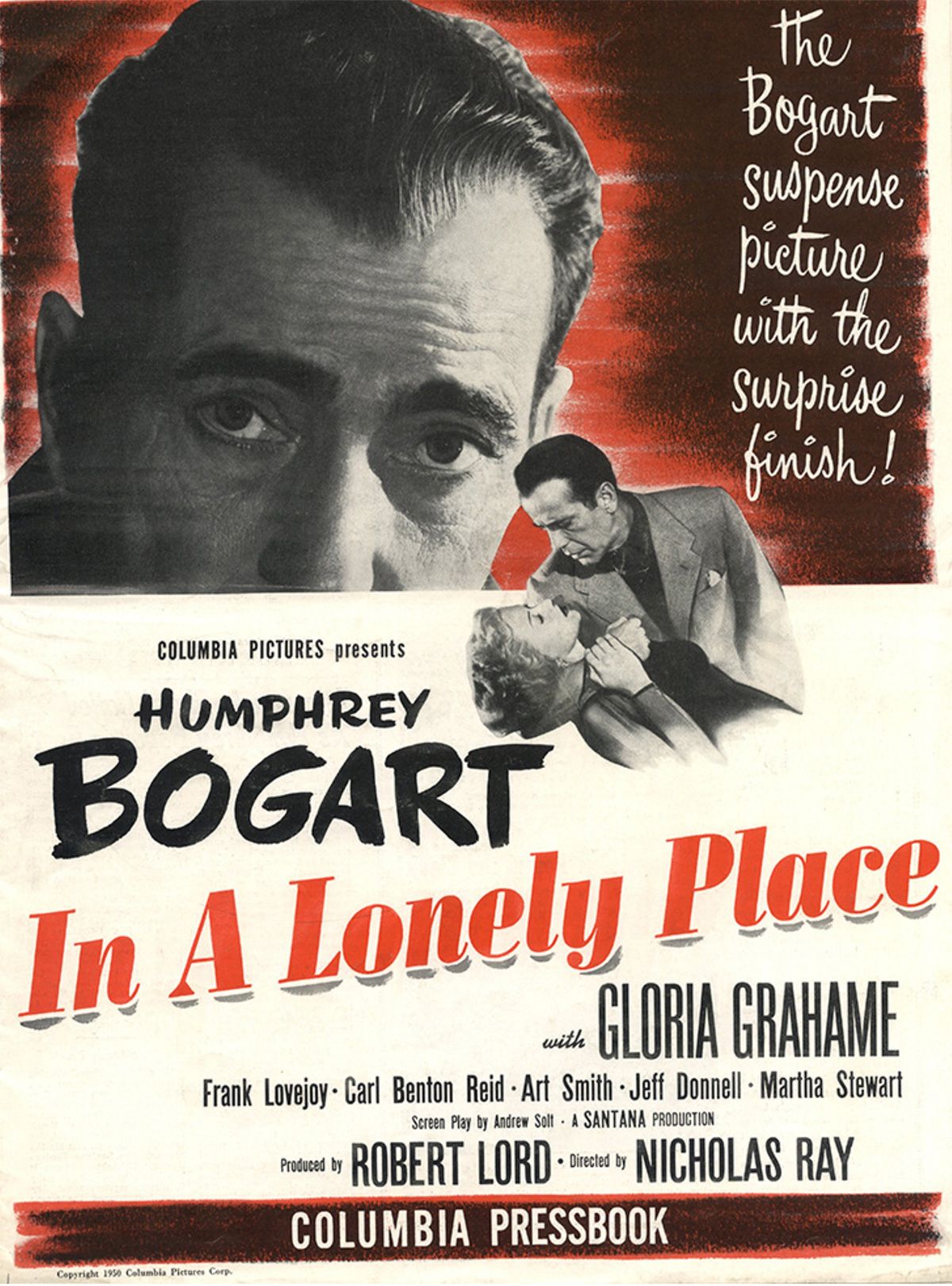
The Case Of Film Noir
| Film & Movie Star Photographs, Film Noir, Movie Memorabilia, Movie Posters, Pressbooks, Vintage Original Publicity Photographs, Vintage Original Studio Photographs
The above image is a 1950 Vintage original 12 x 16” (30 x 40 cm.) Columbia Picture’s Campaign Book, 16 pp.
In A Lonely Place, Is classic film noir, now on the National Film Registry, about a screenwriter asked to adapt a trashy bestseller.
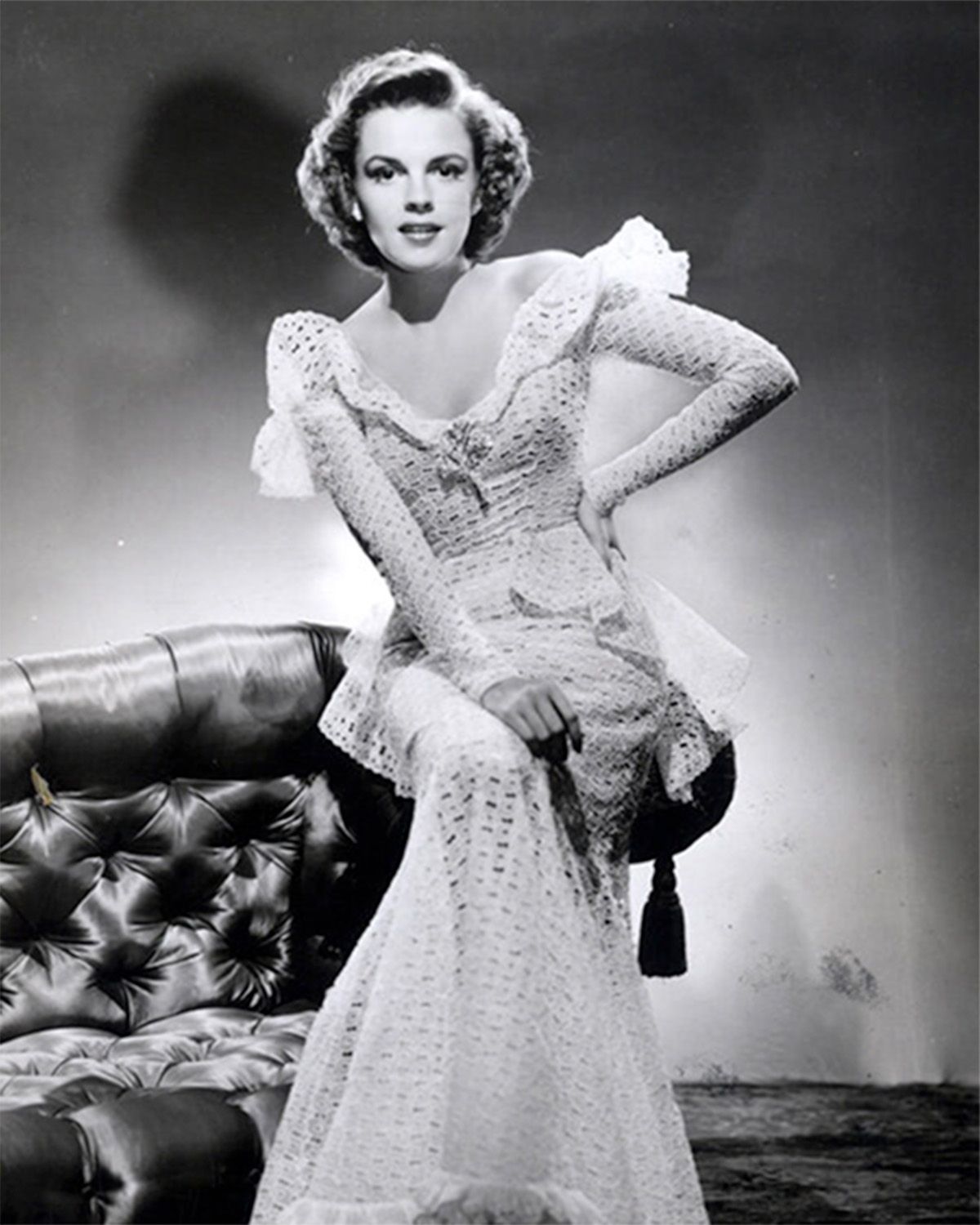
Judy Garland @ 100
A major moment of movie memorable as well as an important birthday for one very famous female vocalist happened this year. Judy Garland (born Frances Ethel Gumm on the 10th of June 1922) turned 100. In honor of her centennial birthday, celebrations have taken place across the United Sta…
